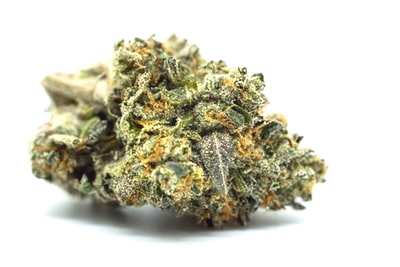Commercial cultivators are always looking for ways to lower production costs and increase crop consistency. New technology is an integral part of this effort.
But introducing new technology into a cannabis grow operation can be tricky. For start-ups, launching production with unproven technology can delay their entry to market, and established growers may be reluctant to make changes to a cultivation program that is already working.
One way that technology companies get new products into the hands of growers is by offering free trials.
A risk-free trial can be very appealing; the grower only commits to purchasing equipment if the test is a success. However, entrepreneurs new to the cannabis space should be aware that free trials are seldom free.
For the grower, there are substantial costs and risks associated with free trials, including:
• The time and money required to install new equipment
• The time and money needed to train staff on how to use it
• The forfeiture of space dedicated to regular production
• The personnel investment needed to execute the trial
• The risk of damaged product if the trial isn’t a success
What does the technology company gain as a result of the grower’s trial?
• Valuable insight for product improvement
• Bragging rights that a company has used their product, so they can sell more.
The dynamics of a free trial weigh heavily in the tech company’s favor.
When I managed cultivation for a licensed producer in Canada, I was approached by one of the first LED companies to cater to the cannabis industry. It was 2013, and LED grow lights at that time were bulky and heavy. They didn’t resemble the thin profile LEDs of today, and they certainly didn’t have a long track record of success.
I knew that LEDs would play an integral part in the future of cannabis production, so we agreed to a free trial. The ramifications of that decision soon proved to be quite costly.
Although we only trialed 12 lights, the sheer weight of each fixture required us to uninstall our existing lights and build an independent mounting rack capable of bearing their weight.
The lack of heat compared to the other HPS lamps in the room was substantial, so the plants under the trial lights dried out slower than the rest of the room. This made automation difficult since the grower couldn’t irrigate the entire room all at once. She needed to treat the test table on a different watering schedule, increasing her time on that task.
We were unsure how much distance to keep between the plant canopy and the light, so we followed the vendor’s suggestions. It turned out to be a guess. After a few weeks, the flowers and leaflets turned white. We came to understand that this bleaching was the result of plants growing too close to the light. I thought white cannabis might be a unique selling point, but once it dried, it turned brown and rendered the product unsaleable as premium flower.
As a result of this trial, the vendor gained valuable insight for their next generation of lights, and our company funded their R&D through additional infrastructure, more labor, and unsaleable product.
That free trial definitely wasn’t free.
So, what’s a grower to do? By not incorporating new technology and equipment into their facility, growers are bound to get left behind and run a more costly and less efficient operation than their competitors. But with so many options on the market, how does a commercial grower prudently incorporate new technology into their cultivation business?
To help minimize the risk of becoming a de facto R&D experiment, growers have a few options for protecting their cultivation business when it comes to new technology:
1. Get paid to do the trial. Estimate the amount of retrofitting, extra time, and labor required to run the test, and agree to compensation in the event that the trial results in compromised product.
2. Don’t agree to a trial. A product may still be in the R&D phase, but your business is not. Wait until the product is on the market and has a track record of success by other growers.
Buy new cultivation equipment like you would any other technology. Pay full price, understand all warranties and guarantees, and rely heavily on technical support. If the product doesn’t perform as promised, you have rights as a consumer.
New technology companies should budget to fund trials of their product until they have a track record of success. Commercial growers already have plenty to worry about; being a guinea pig shouldn’t be one of them.
The post Why Free Trials Aren’t Free appeared first on Cannabis Business Executive – Cannabis and Marijuana industry news.






